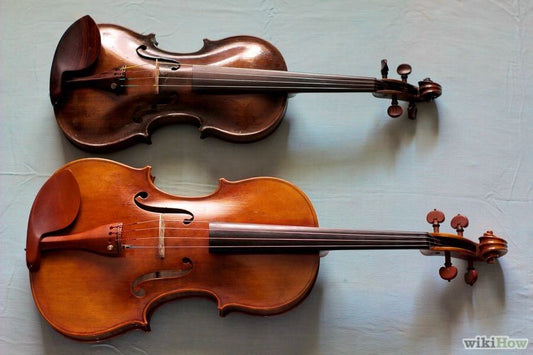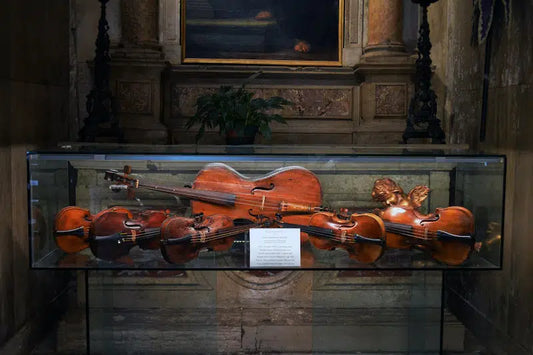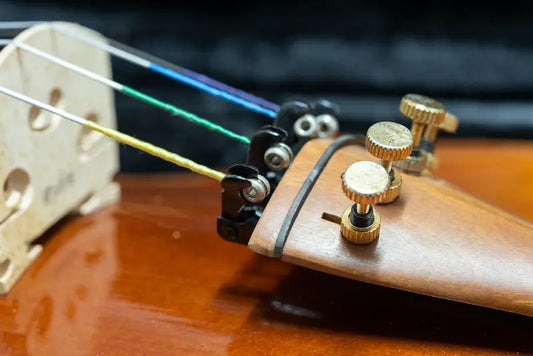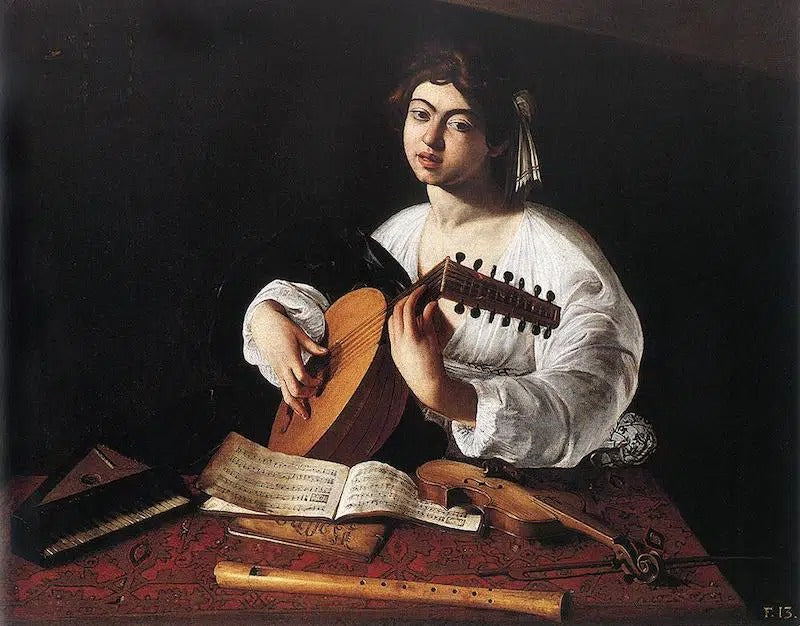
Things You Probably Didn't Know About Lute
The lute or lute is a stringed instrument that you may have heard of but aren't sure exactly what it is. Indeed, it is an old instrument that is rarely played today, although you may see it on display at the local Renaissance Fair.
1. The lute is the forerunner of the classical guitar

You might look at a lute and think it looks like a classical guitar. The lute was developed several centuries before the classical guitar, but still has an extremely similar construction. Guitarists were inspired by the lute when the first guitars were made. However, the body of a lute is smaller than a guitar, and the neck is usually wider than the rest of the instrument. In addition, lutes usually have more than six strings, which is the standard for guitars.
2. Difference between English and French lute
In the early 16th century, lute players from England and France were competitors in every field. To be fair, each region's approach to lute music is different. Some of the earliest English lute songs were homophonic, meaning that their parts moved in the same rhythm as the overall melody. French songs, on the other hand, are polyphonic, written for up to four voices.
3. Guitars can have different numbers of strings
The strings are usually strung in pairs. A typical medieval lute would have four keys, which means eight strings in total. Over time, however, newer versions of the lute have widened the neck, making room for more strings. Today, lutes can have up to 13 keys, although the average Renaissance lute had eight.
4. The guitar is usually made from spruce
The beauty of making a guitar is that you can tune different woods to match the sound you're looking for. However, the wood needs to resonate, meaning it shouldn't be too thick to block out the noise, but still vibrates when exposed to sound from the strings. As a result, spruce is often the wood of choice for European luthiers, although some experts prefer otherwise.
5. The lute evolved from the oud

The original lutes came from the oud, a striking similar instrument with a history that is thousands of years old. However, the oud may have been modified from other stringed instruments in the process, so the real story is unclear. Although you may confuse the two, there are some key differences between the lute and the oud.
The lute has frets while the oud does not.
In addition, the lute is usually slightly larger than the oud, and the oud has a wider abdomen relative to its total size.
6. The first lutes came to the Moors
The lute originally came to Spain with Moorish settlers and Spanish knights returning from the Crusades in the Middle East. You can find the lute in many Renaissance depictions of medieval battlefields. This musical instrument not only lifted the spirits of soldiers in battle, but the lute also comforted those resting around campfires during their pilgrimages.
7. Indian sitars can be classified as lutes

Although the iconic Indian sitar has a distinct sound from what you might recognize as a lute, many musicians still classify the two instruments in the same category. Both are wired in parallel. However, it is perfectly fine to treat the sitar as a separate instrument, especially when you are talking about their respective genres and origins.
8. The highest-pitched strings on the piano are usually separate
While most lute strings are strung in pairs, the highest strings are usually strung alone. This helps to hit those high notes that you wouldn't otherwise be able to strum. However, some luthiers, especially those who specialize in concert instruments, may pair the highest string to increase its volume as needed.
9. The popularity of the lute exploded during the Renaissance
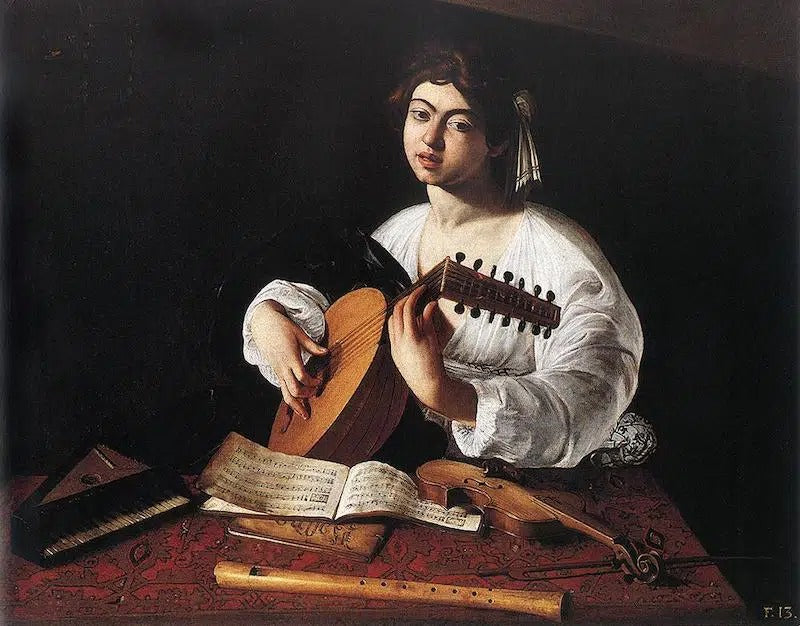
Like many other art forms at the time, the lute's popularity exploded as the Renaissance began. While Italian luteists fueled the first wave of new compositions at the beginning of the era, French and Spanish luthiers also had a good time. As a result, the lute became one of the most recognizable musical instruments to the masses, regardless of social status. Some of the most famous musicians are lute players.
10. As the Renaissance continued, the lute got louder
As luthiers were busy creating guitars the world had ever seen, some began experimenting with larger sizes. As a result, many special instruments that still belong to the lute family, such as theorbo, were born. Larger instruments from this period are classified as Baroque, a notable step up from the Renaissance instruments of the previous century.
11. The listener's position affects the quality of the lute work

As the lute became more and more popular throughout Europe, kings and queens frequently requested new compositions to increase their appeal to the masses. Thus, the volume of lute compositions varies depending on who is in charge and where.
For example, King Louis XIII of France was said to have enjoyed simple composition, and many musicians wrote dozens of songs for him to enjoy during the king's reign.
12. The lute was originally played with a plectrum
The first instruments were played with a piece of wood, then called a plectrum. This is necessary to achieve the desired volume of the player. However, as luthiers became better at making guitars, bodies became larger and strings became larger, allowing players to choose their fingers in most cases.
Although you may find people playing with their fingers more often these days, others prefer to use the plectrum. It's all up to your preference!
13. Strings were once made from animal intestines
Most medieval and Renaissance luthiers made strings with some kind of animal gut. It is the best material to achieve the sound these craftsmen are looking for. Although strings are usually made from steel or nylon these days, you can still find strings made from animal intestines on some old-fashioned instruments.
14. Vincenzo Capirola and the lute
Born in Renaissance Italy, lute player and composer Vincenzo Capirola tells us most of what the lute is from that period. His brother's work, The Capirola Lutebook contains the most comprehensive record of the lute artist's work to date. He also provides practical tips and tricks that players still use, including how to tune and maintain the instrument to ensure its longevity.
15. The hole inside the guitar is called a rose
The name of the small hole in the belly of the lute is officially known as the "rose hole". The rosette of a lute is usually not a single hole but an intricate carving that helps create the instrument's unique sound. The rose hole is another way the lute sets itself apart from the guitar. While you can achieve a similar sound with both instruments, it will be more difficult to imitate the sound of a lute with a guitar because it lacks the rosewood carving in the middle.
